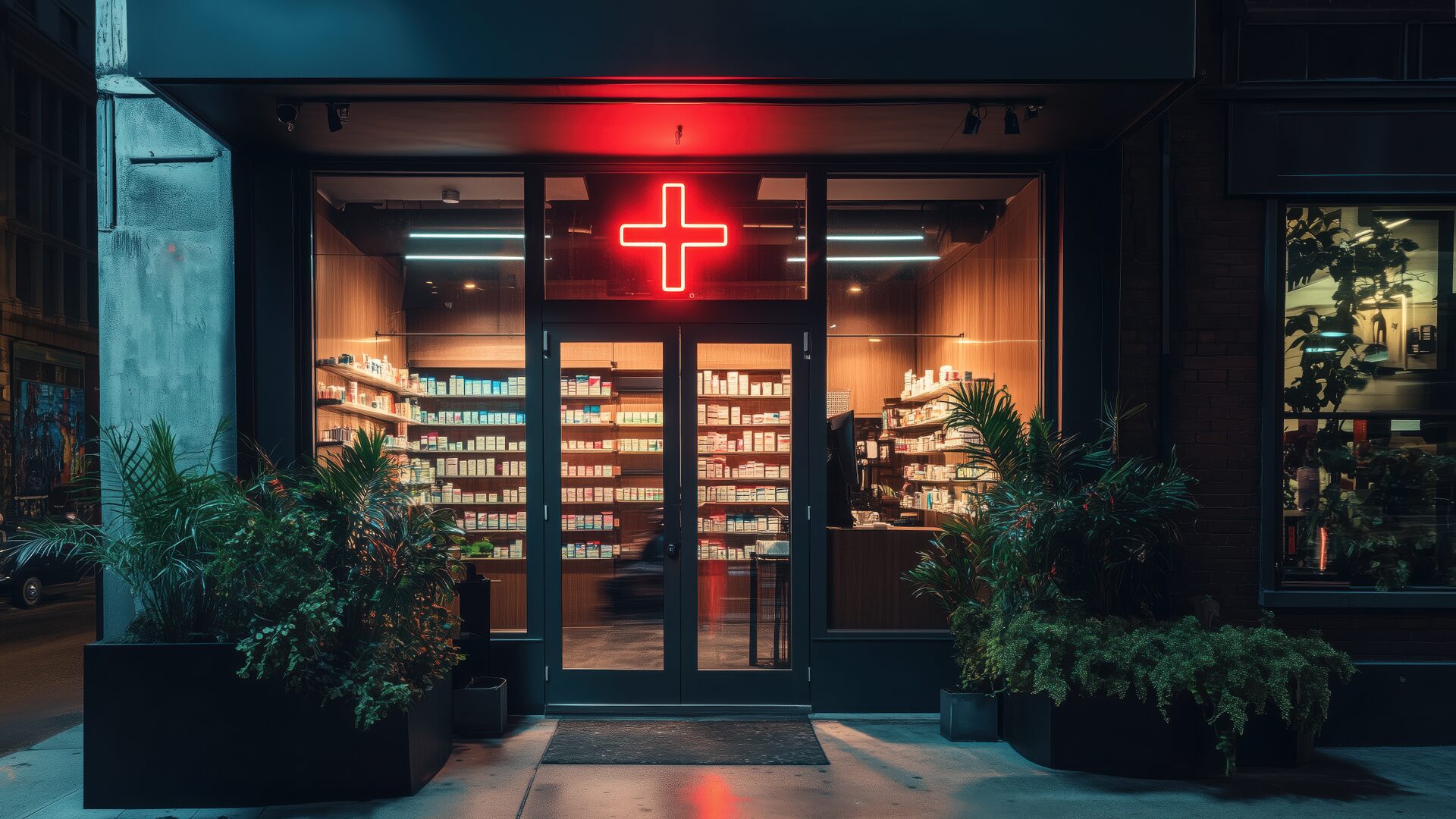Will brick-and-mortar pharmacies eventually meet a similar fate to movie rental stores? For some experts, it seems like a fait accompli.
“What unique value does Walgreens offer that other stores don’t? And, why would someone choose Walgreens over another option? Honestly, I don’t have strong answers to either of those – which isn’t a good thing,” Greg Zakowicz, senior e-commerce expert at Omnisend, told The Food Institute.
“E-commerce giants like Amazon are making it easier for consumers to have everyday essentials and prescriptions delivered right to their door – for cheaper, and on an automated schedule that removes any friction between the purchase. So, why go into a store to do the same thing?”
Walgreens Boots Alliance recently announced plans to close 1,200 stores within the next three years, 500 of which will be gone by the end of fiscal 2025.
“Customers know they can purchase their prescriptions and other everyday products at grocery stores or online for similar or lower prices,” said Sam Vise, CEO at Optimum Retailing. “This increased competition is forcing pharmacies to re-evaluate their business models.”
Walgreens’ recent struggles show that chain pharmacies must change to meet evolving healthcare needs, said Dr. Katy Dubinsky, a New York pharmacist and CEO of Vitalize.
In 2024, pharmacy chains are dealing with increased competition from the likes of grocery stores, online pharmacies, mail-order services, and even C-stores.
And then there’s the major challengers: Amazon Pharmacy and Walmart both now offer same-day prescription delivery in multiple U.S. states. What’s more, decreasing reimbursement rates from pharmacy benefit managers and health plans are putting the squeeze on drug stores’ budgets, as Newsweek reported.
Customers visiting major pharmacies are often greeted with locked-up merchandise, a noticeable lack of employees, and food that’s largely no healthier than that available at convenience stores.
“A major problem is that many chain pharmacies are understaffed, which can lead to long lines and rushed service, affecting customer satisfaction,” Dr. Dubinsky said.
Consumers are increasingly gravitating toward on-demand solutions, which exposes the limitations of older pharmacy models, noted Areo Nazari, CEO of CaryHealth.
Industry experts feel traditional pharmacy chains would benefit from taking the following steps:
- Offer more personalized counseling
- Offer virtual consultation
- Try different, smaller store concepts
- Partner with major retailers to operate as multi-purpose retail spaces
- Focus on becoming technology-driven healthcare centers
When Tim Wentworth assumed the Walgreen’s CEO role last year, he announced plans to cut costs by $1 billion and close unprofitable stores. It’s worth noting, though, that in Q4, Walgreens recorded earnings that beat analysts’ expectations, as revenue reached $37.6 billion, reported RetailWire.
Stand-alone pharmacies will almost certainly survive in the near-term, especially considering Baby Boomers typically prefer (and often require) in-person prescription fulfillment. But that approach, alone, hardly seems sustainable for long-term growth, experts note.
Ultimately, industry insiders expect to see fewer brick-and-mortar pharmacies moving forward.
“Looking ahead, we might see stand-alone pharmacies reside in densely populated areas where there’s either less brick-and-mortar competition or enough traffic to support multiple stores,” Zakowicz said. “In these locations, pharmacies could function as both convenience stores and prescription centers.”
He also predicted “more partnerships with large retailers like Target and grocery chains, maybe even flipping the script and selling the store’s private-label products in Walgreens pharmacies.”











